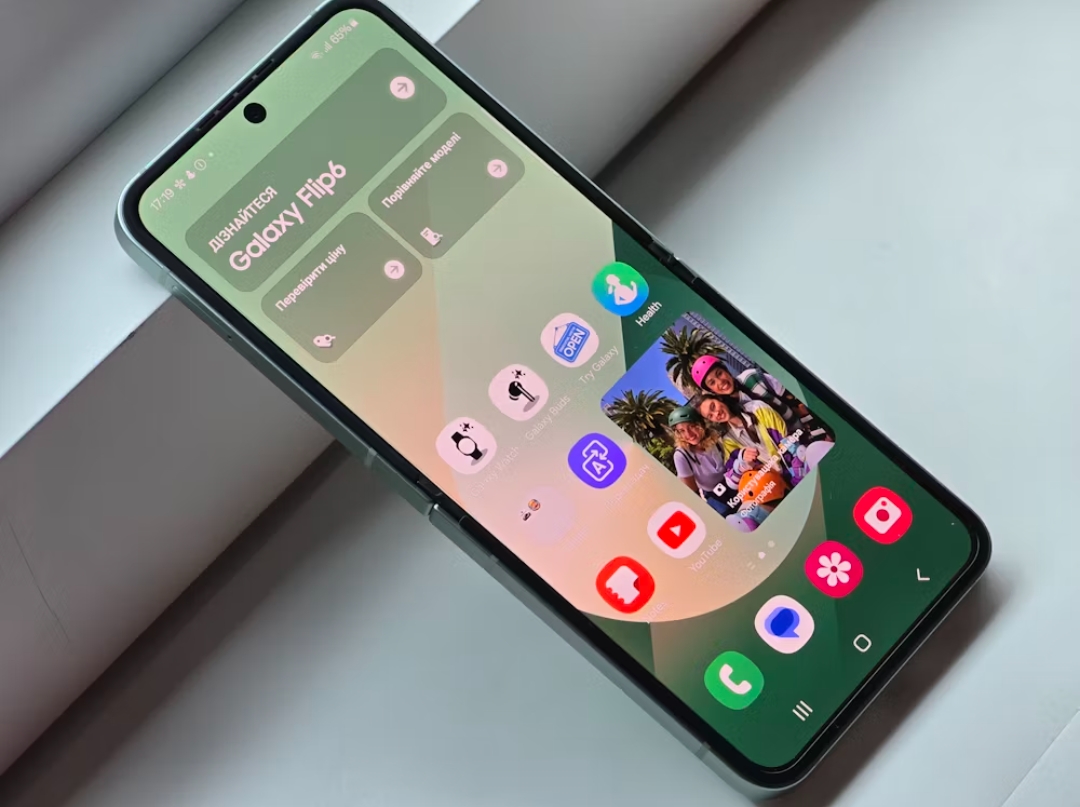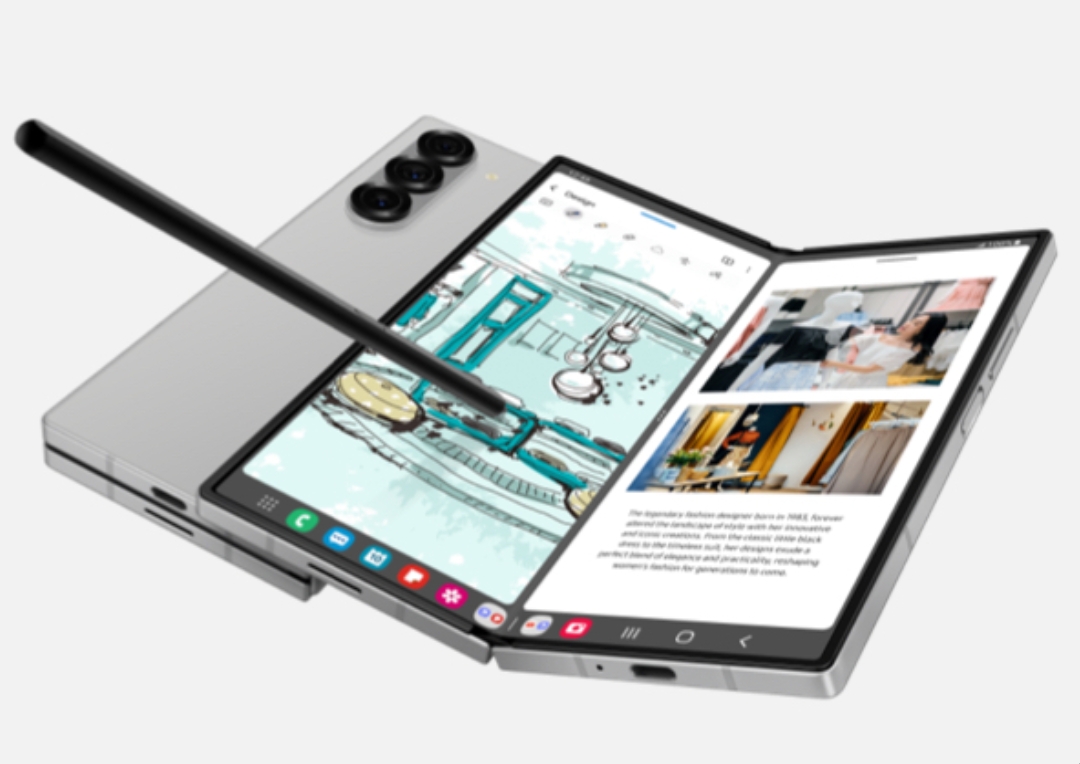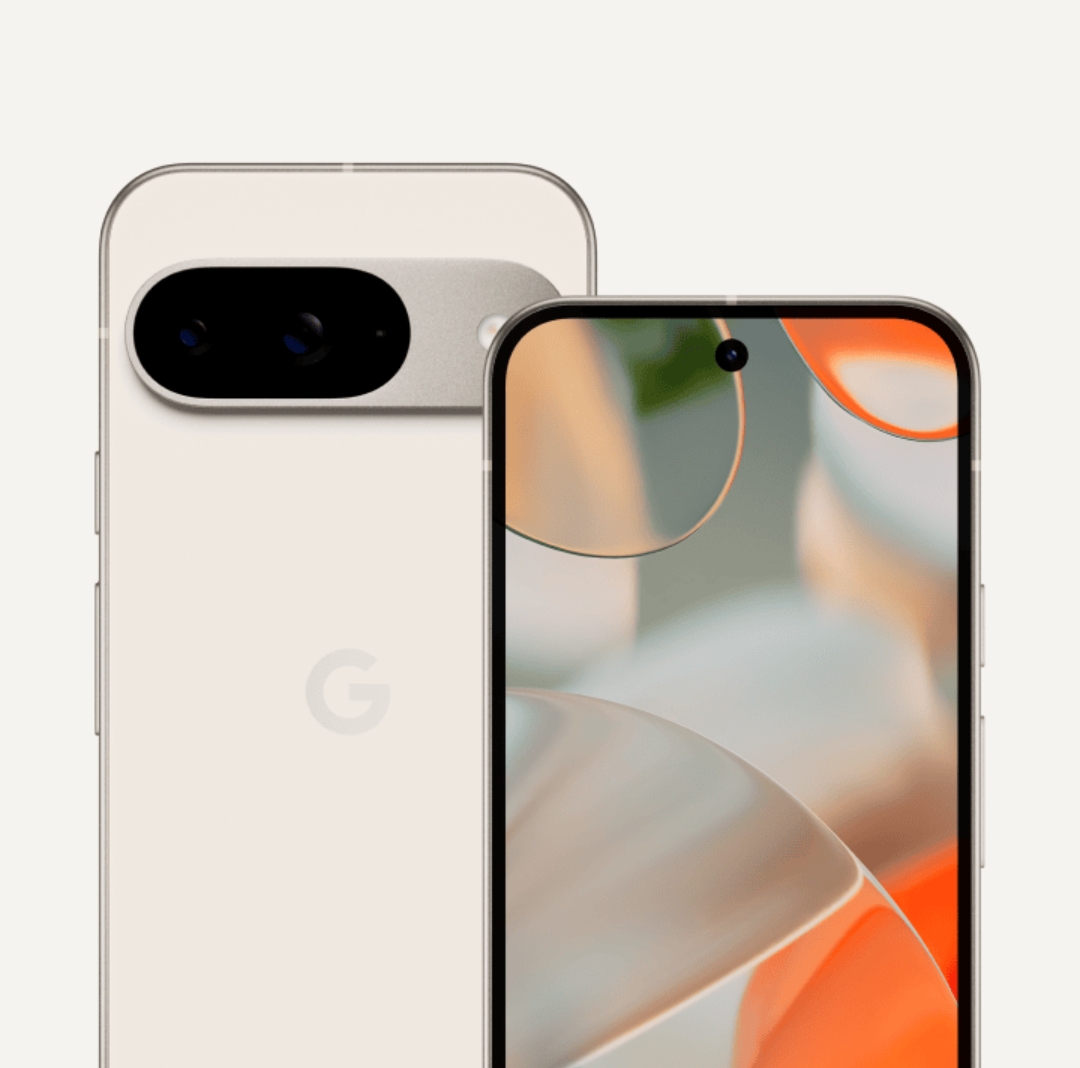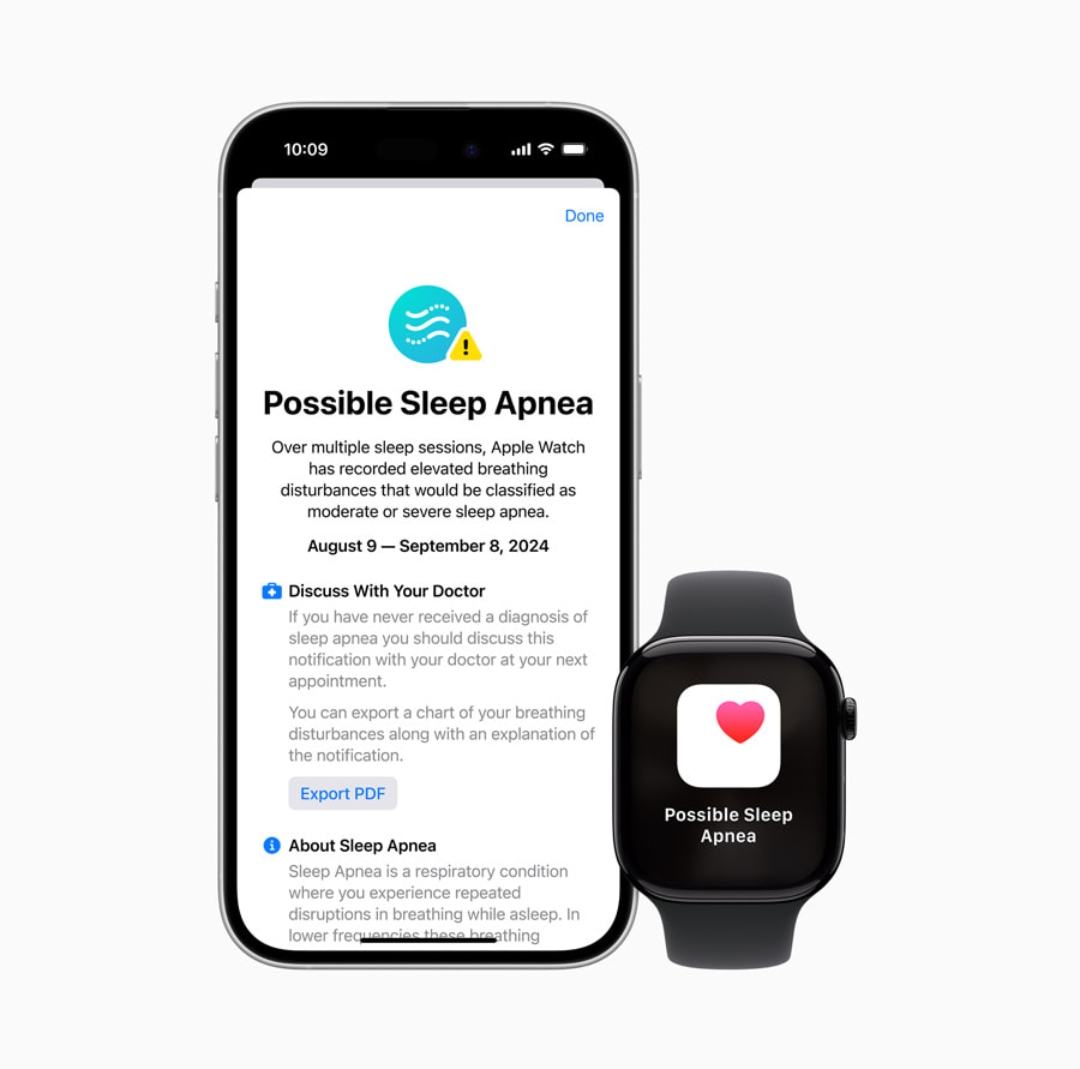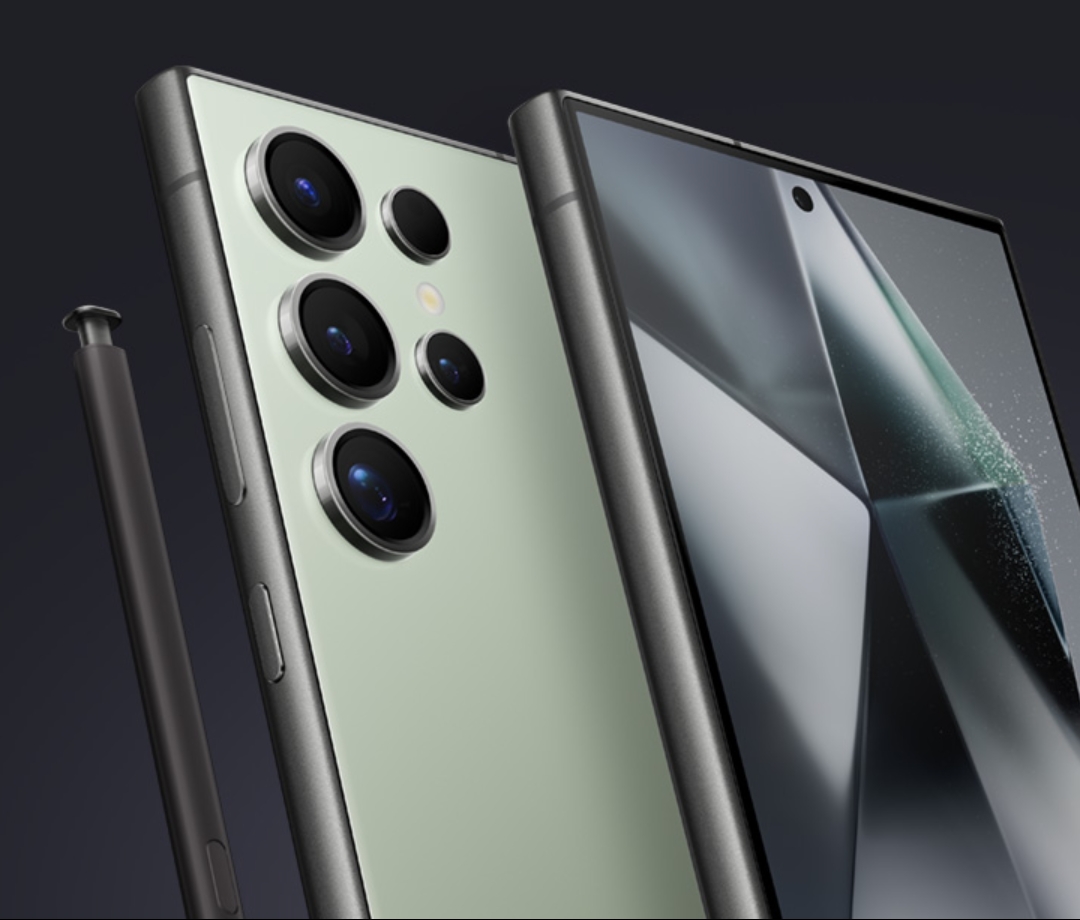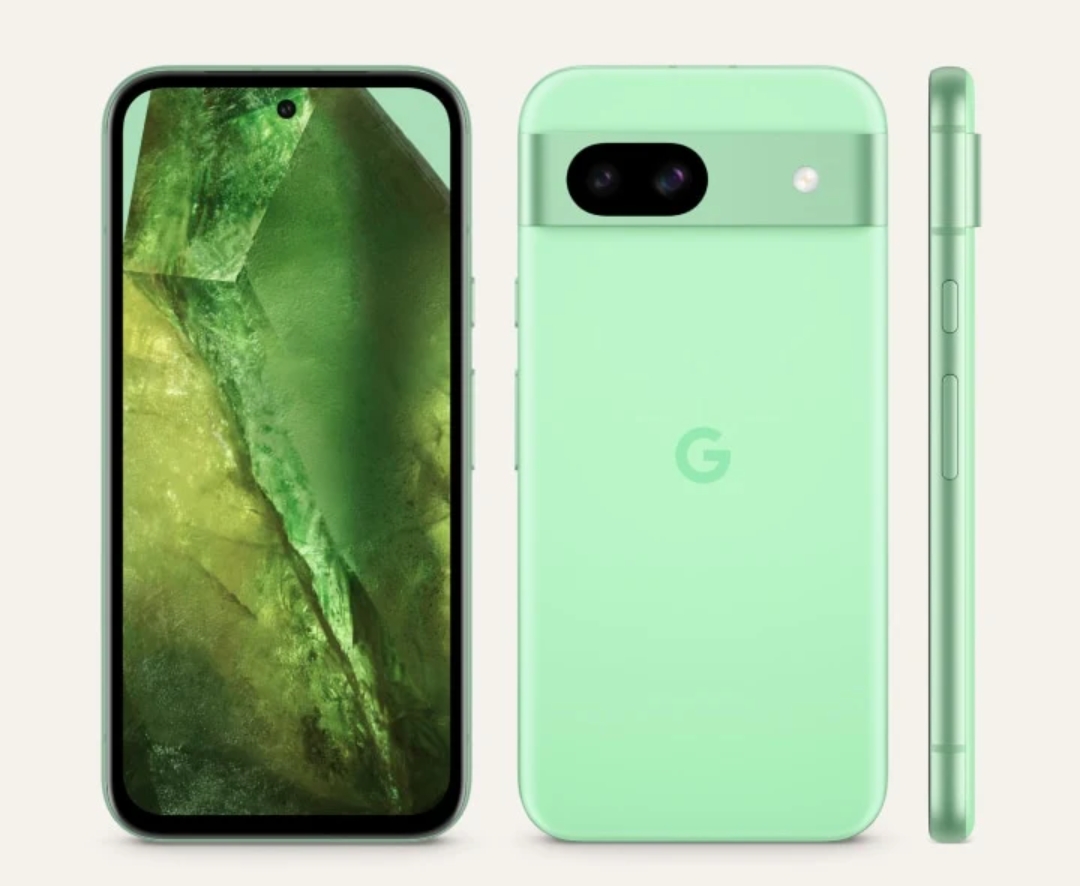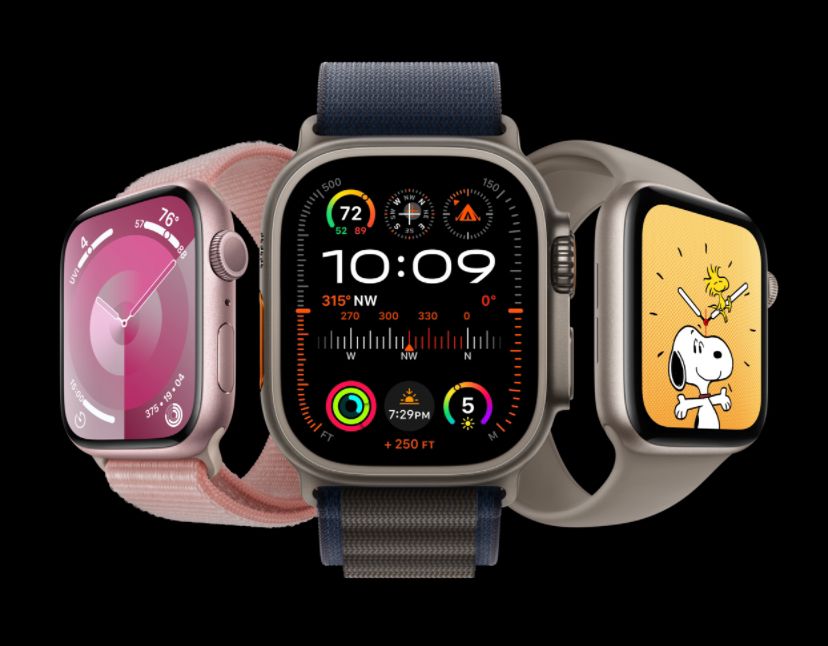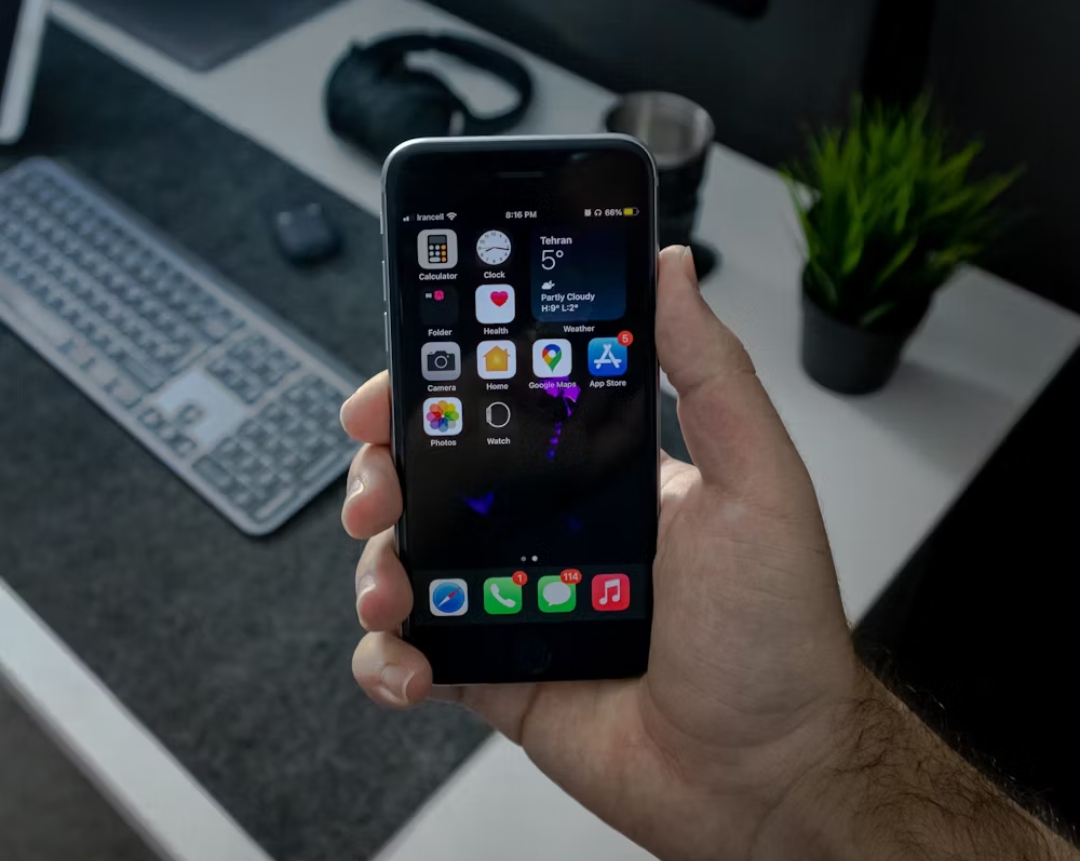
Windows 11, with its sleek design and upgraded features, has introduced new ways to integrate with non-Windows devices, including iPhones. Although iOS and Windows are traditionally different ecosystems, connecting your iPhone to a Windows 11 PC can enhance your digital experience by allowing file transfers, message synchronization, and access to iPhone features directly on your PC. In this guide, we’ll explore multiple ways to link your iPhone to a Windows 11 device, from using Microsoft’s Phone Link app to more traditional methods like iTunes and iCloud syncing
Table of Contents
ToggleUsing Phone Link to Connect iPhone to Windows 11
The Phone Link app, previously limited to Android devices, now supports iPhone integration. Phone Link provides notifications, calls, and messaging directly on your Windows 11 PC, allowing basic interaction without constantly switching devices. However, Phone Link has some limitations, including lack of image sharing and group messaging functionality.
Step-by-Step Setup for Phone Link
- Open the Phone Link app on your Windows 11 device by searching it in the Start menu.
- Select iPhone as the device type and follow the prompts.
- A QR code will appear on your screen. Use your iPhone to scan it and download the companion app.
- Open the app on your iPhone, and follow the prompts to complete pairing.
- Confirm the permissions requested on your iPhone, allowing Phone Link access to calls, messages, and notifications.
Features and Limitations of Phone Link
- Supported Features: Once connected, you can receive notifications, answer calls, and send texts (SMS only).
- Limitations: Currently, Phone Link doesn’t support sending multimedia messages or participating in group texts. Also, conversation history prior to connecting won’t display on Windows.
Connecting iPhone to Windows 11 with iTunes
For more comprehensive media management, iTunes is a reliable choice. It allows you to transfer music, videos, and create backups of your iPhone data.
Installing iTunes on Windows 11
- Download the iTunes installer from the Apple website or the Microsoft Store.
- Open the installer and follow the on-screen instructions to set it up.
- Once installed, open iTunes and connect your iPhone using an Apple-certified USB cable.
Setting Up iTunes for First-Time Users
- When you first connect your iPhone, a pop-up will ask you to Trust This Computer on your iPhone.
- Click Continue on your PC and allow access on your iPhone by tapping Trust.
- iTunes will now recognize your iPhone, and you can start syncing media and files or create backups.
Using iCloud for File Syncing
Apple’s iCloud for Windows offers a seamless way to sync photos, contacts, and other documents between your iPhone and Windows 11.
Enabling iCloud for Windows
- Download iCloud for Windows from the Microsoft Store or Apple’s website.
- Sign in using your Apple ID and choose the items you wish to sync, such as Photos, iCloud Drive, and Mail.
Syncing Photos, Documents, and Contacts with iCloud
Once set up, your files, contacts, and photos will be accessible on your Windows 11 device through the iCloud Drive folder, allowing easy access and file management without a direct USB connection.
Transferring Files Directly via USB Cable
If you prefer a wired connection, you can access certain iPhone files through File Explorer on Windows 11.
Steps to Access iPhone Files with File Explorer
- Connect your iPhone to the PC using a USB cable.
- Open File Explorer and find your iPhone listed under Devices and Drives.
- Double-click to open your iPhone and access DCIM for photos and videos. Note that other types of files may require iTunes or iCloud.
Best Practices for USB Connections
For optimal performance, use a certified Apple cable, avoid third-party USB hubs, and ensure your iPhone remains unlocked during the transfer.
Exploring Third-Party Apps for Additional Features
Some third-party applications offer more flexibility for managing files, messages, and other data between iPhone and Windows.
Overview of Compatible Apps for Windows and iPhone
- iMazing: Allows detailed management of iPhone files, app data, and messages on Windows.
- AnyTrans: Provides file transfer, backup, and syncing options beyond the limitations of iTunes and iCloud.
Pros and Cons of Using Third-Party Sync Apps
While these apps offer expanded functionality, they often come with subscription fees. Assess your needs before investing in third-party solutions.
Troubleshooting Connection Issues
If you encounter problems connecting your iPhone to Windows 11, several troubleshooting steps can help resolve the issue.
Common Errors and Fixes
- iPhone Not Recognized: Make sure iTunes is updated, use an original Apple USB cable, and ensure your iPhone is unlocked.
- Bluetooth Connection Issues (Phone Link): Ensure Bluetooth is enabled on both devices, and restart both if necessary.
Updating Windows, iOS, and iTunes
Software updates often resolve compatibility issues. Check for updates on both devices:
- On Windows, go to Settings > Windows Update.
- On iPhone, go to Settings > General > Software Update.
- Update iTunes via the Microsoft Store or Apple’s website.
Conclusion
Connecting your iPhone to Windows 11 offers various benefits, from file sharing to synchronized notifications. Depending on your needs, Phone Link is ideal for basic communication, iTunes for media syncing, and iCloud for cloud-based storage. Choose the method that best aligns with your workflow, and enjoy the convenience of cross-platform connectivity between iOS and Windows
FAQs
- Can I connect my iPhone to Windows 11 without iTunes?
- Yes, you can use Phone Link for basic calls and notifications or iCloud for file syncing.
- Why is my iPhone not showing up in File Explorer?
- Ensure your iPhone is unlocked, and use a certified cable. Restart your devices if the issue persists.
- Does Phone Link support iMessage?
- No, Phone Link only supports SMS messaging and has limited functionality for group chats and multimedia sharing.
- Is iCloud for Windows free?
- Yes, but you may need to upgrade storage if you exceed the free 5GB limit.
- How do I transfer photos from iPhone to Windows without iTunes?
- Use File Explorer to access the DCIM folder or sync photos via iCloud.
- Does using iTunes require an internet connection?
- No, but some features, such as downloading album artwork, do require internet.
- Can I manage iPhone messages from Windows?
- Phone Link offers basic SMS support, but does not support iMessage.
- Why won’t my iPhone connect via Bluetooth?
- Ensure Bluetooth is enabled on both devices and check for system updates.
- What should I do if iTunes doesn’t detect my iPhone?
- Update iTunes, use a certified Apple cable, and trust the computer from your iPhone.
- Is it possible to connect multiple iPhones to the same Windows PC?
- Yes, you can connect multiple devices, but each must be configured separately.
